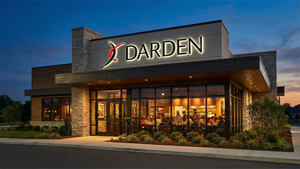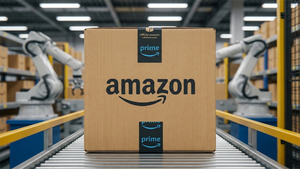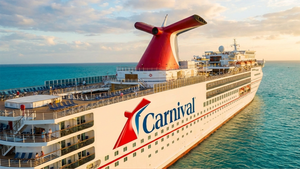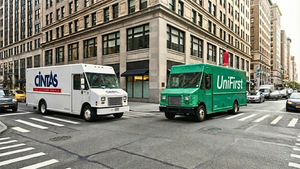
What Happened?
A number of stocks jumped in the afternoon session after the latest Personal Consumption Expenditures (PCE) report, a key inflation gauge, came in line with expectations.
The report indicated that prices rose 2.7% annually in August, a slight uptick from July but precisely what economists surveyed by Dow Jones had forecasted.
Additionally, "core" PCE, which strips out the more volatile food and energy sectors, saw a 2.9% year-over-year increase, also matching projections. The PCE index is a crucial metric for the Federal Reserve when it assesses the economic landscape for its interest rate decisions.
Since the figures did not present any unexpected acceleration in inflation, investor concerns about the central bank taking a more aggressive stance were alleviated, leading to a broad-based rally that broke a three-session losing streak for the major indexes.
The stock market overreacts to news, and big price drops can present good opportunities to buy high-quality stocks.
Among others, the following stocks were impacted:
- Beverages, Alcohol, and Tobacco company Zevia (NYSE: ZVIA) jumped 3%. Is now the time to buy Zevia? Access our full analysis report here, it’s free.
- Shelf-Stable Food company Lamb Weston (NYSE: LW) jumped 4%. Is now the time to buy Lamb Weston? Access our full analysis report here, it’s free.
Zooming In On Lamb Weston (LW)
Lamb Weston’s shares are somewhat volatile and have had 12 moves greater than 5% over the last year. In that context, today’s move indicates the market considers this news meaningful but not something that would fundamentally change its perception of the business.
The biggest move we wrote about over the last year was 9 months ago when the stock dropped 21.5% on the news that the company reported disappointing third quarter (FQ2 2025) financial results, with revenue and EPS falling below Wall Street's expectations.
Its full-year revenue guidance also missed significantly, and its full-year EBITDA guidance fell short of Wall Street's estimates. Management considered the results below expectations and blamed the weaknesses on "Higher-than-expected manufacturing costs and softer volumes accounted for the shortfall."
Equally worrisome, the company expected the challenges to persist for the remainder of the fiscal year and into fiscal 2026, driven primarily by "an accelerating rate of capacity additions and continued near-term softening of global frozen potato demand below historical rates, particularly outside North America." Overall, this was a weaker quarter.
Lamb Weston is down 16.4% since the beginning of the year, and at $55.22 per share, it is trading 32.9% below its 52-week high of $82.32 from December 2024. Investors who bought $1,000 worth of Lamb Weston’s shares 5 years ago would now be looking at an investment worth $827.02.
Today’s young investors won’t have read the timeless lessons in Gorilla Game: Picking Winners In High Technology because it was written more than 20 years ago when Microsoft and Apple were first establishing their supremacy. But if we apply the same principles, then enterprise software stocks leveraging their own generative AI capabilities may well be the Gorillas of the future. So, in that spirit, we are excited to present our Special Free Report on a profitable, fast-growing enterprise software stock that is already riding the automation wave and looking to catch the generative AI next.




